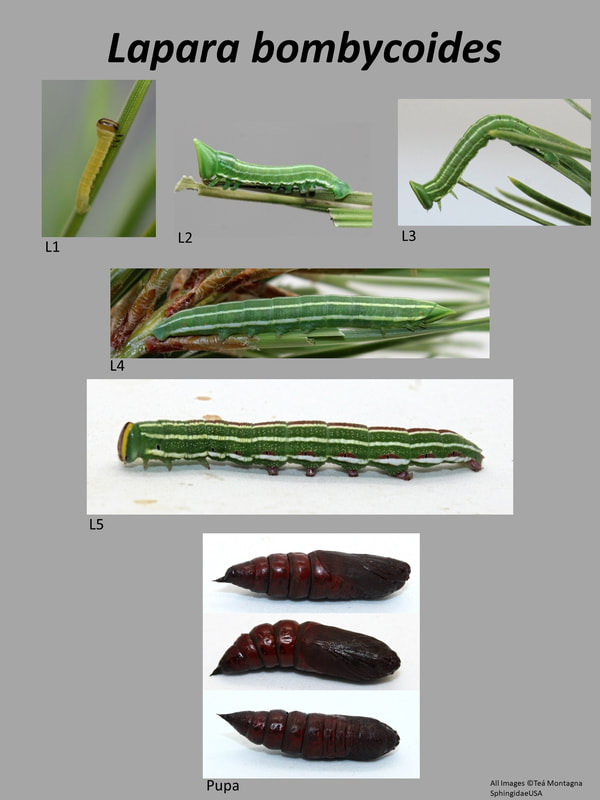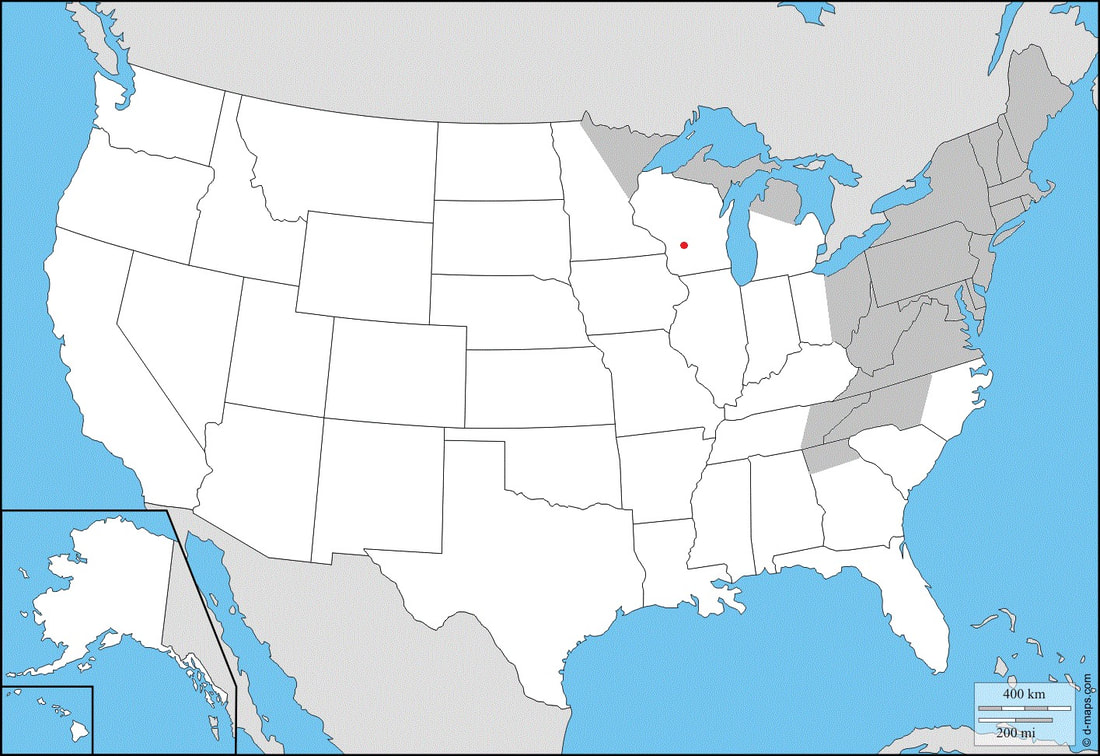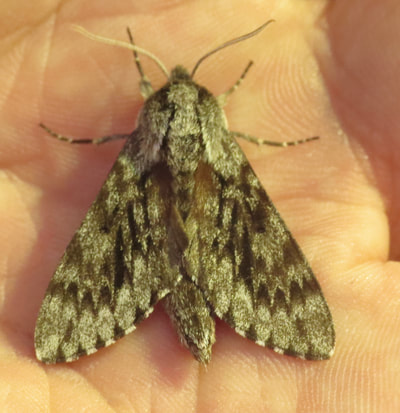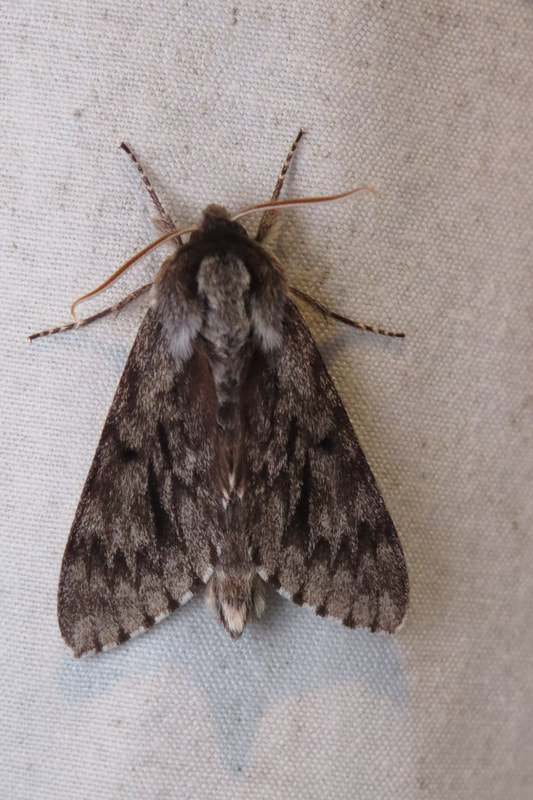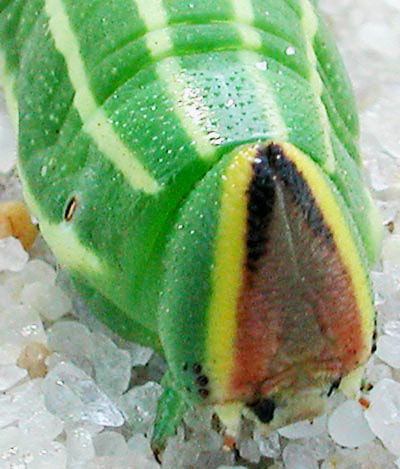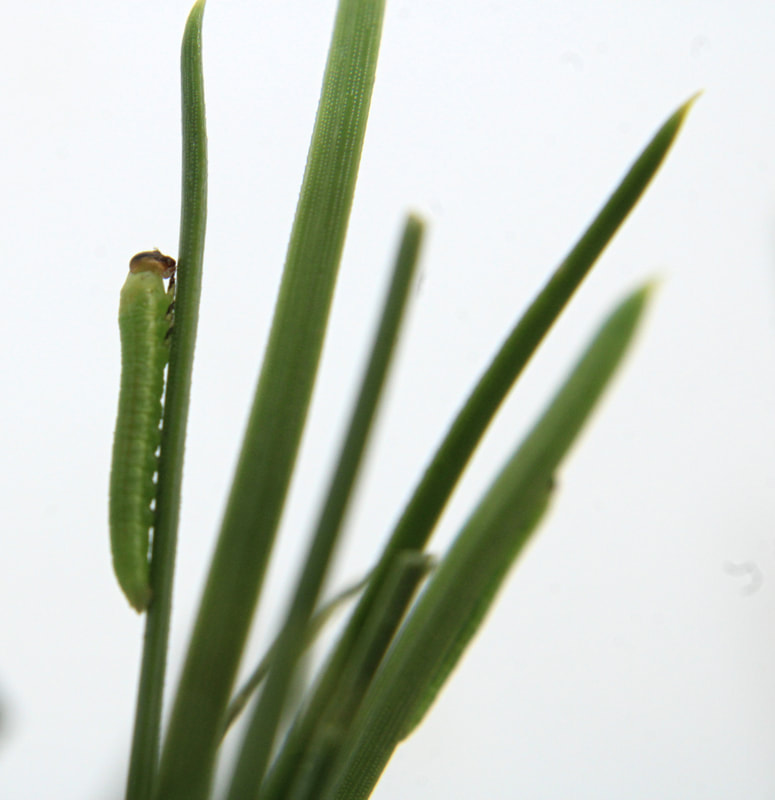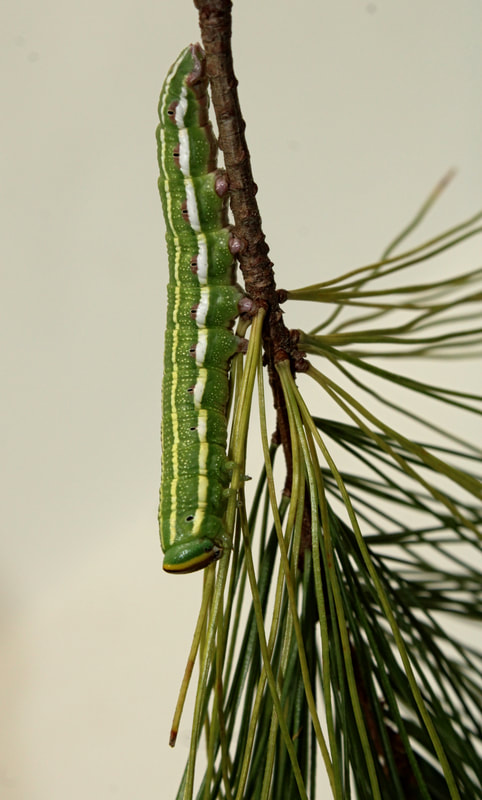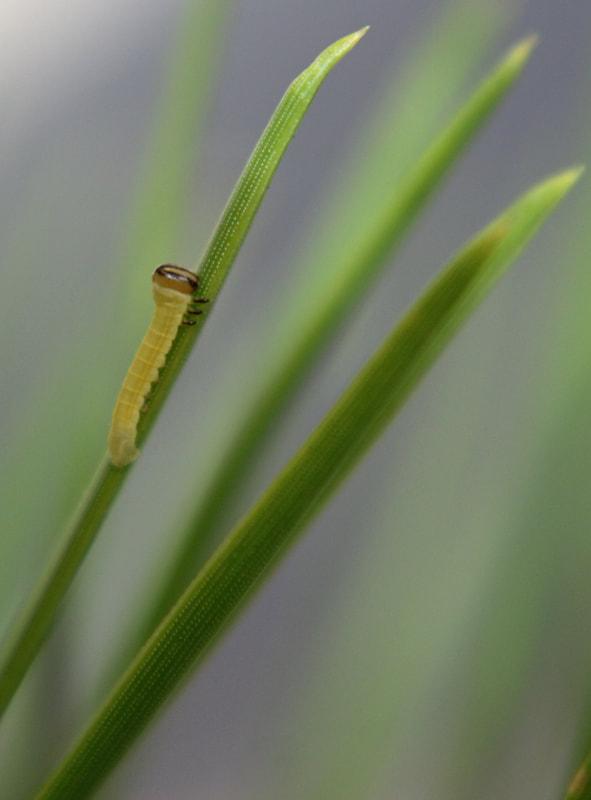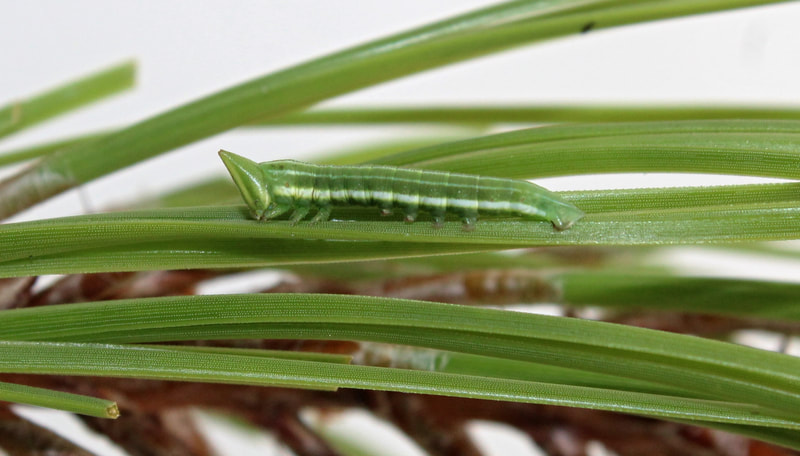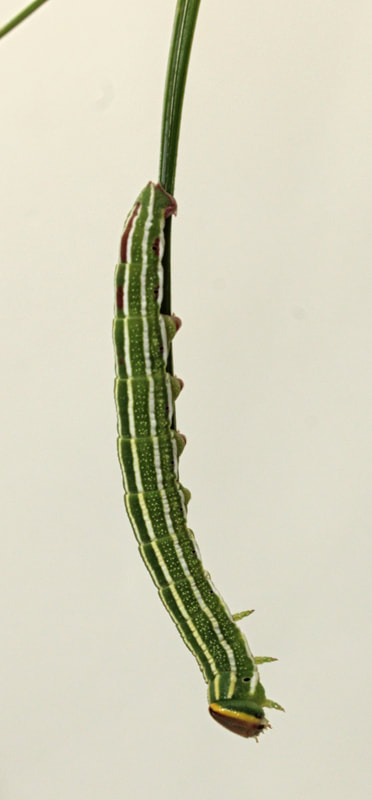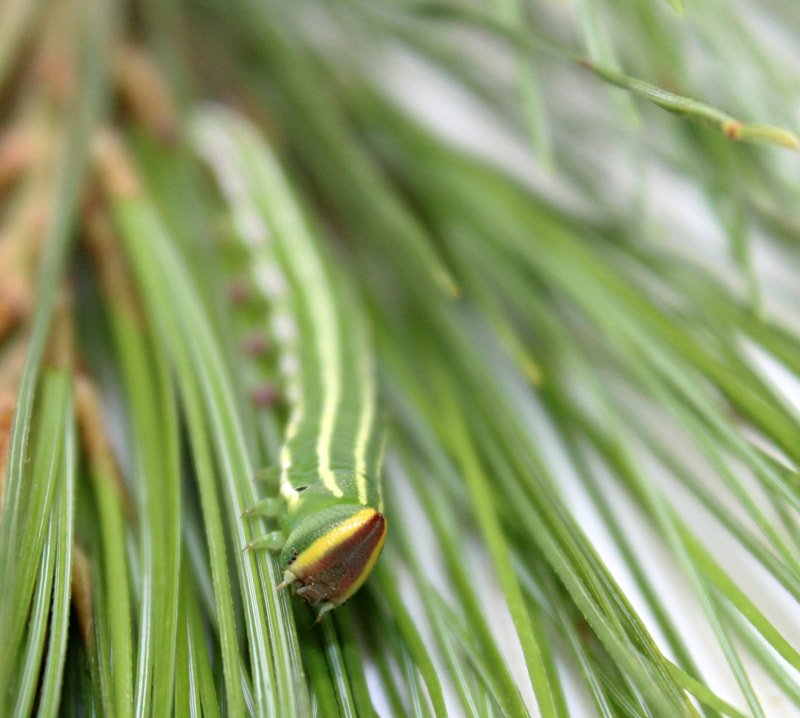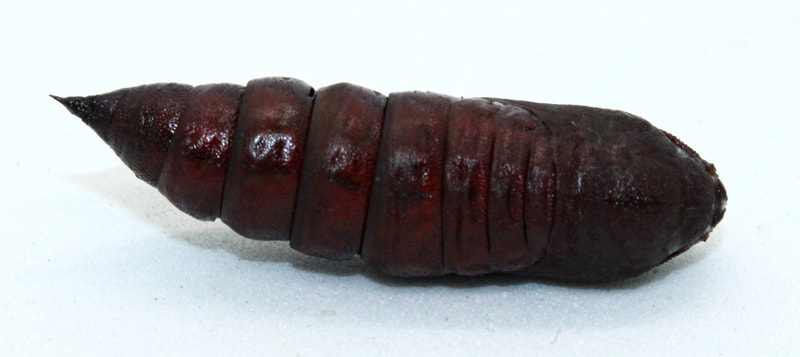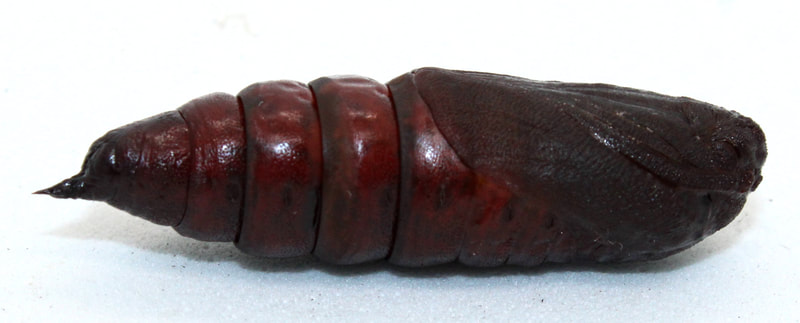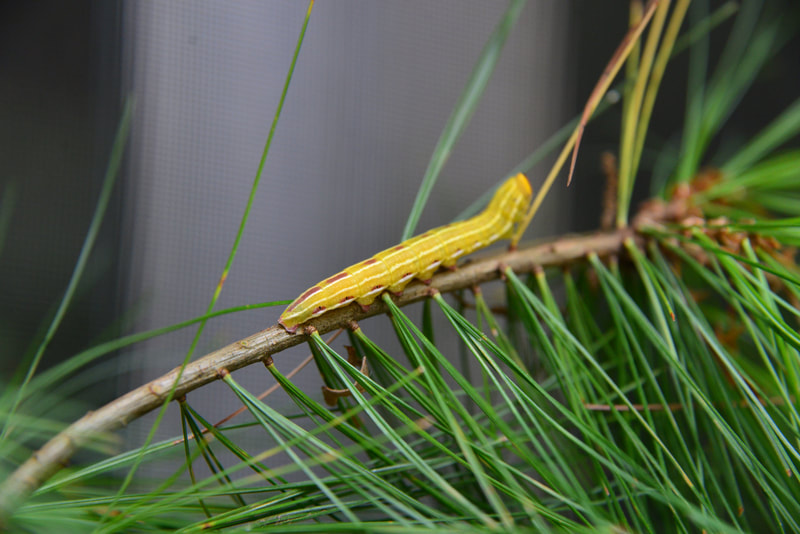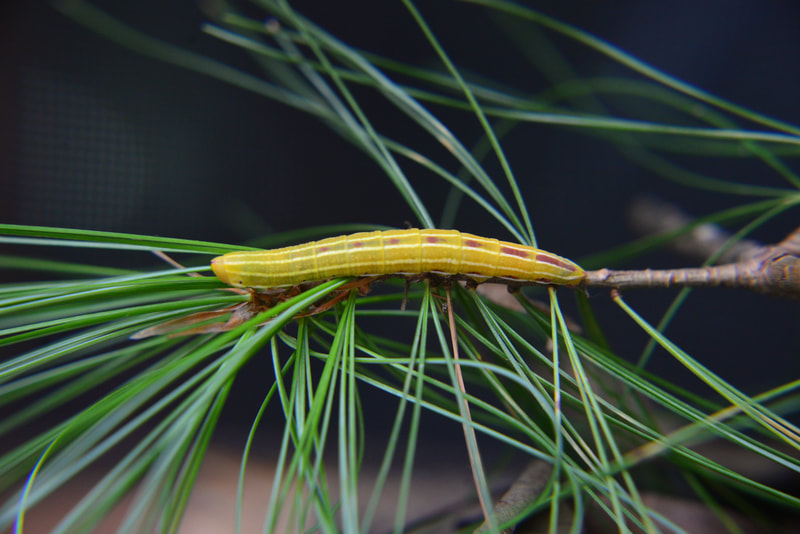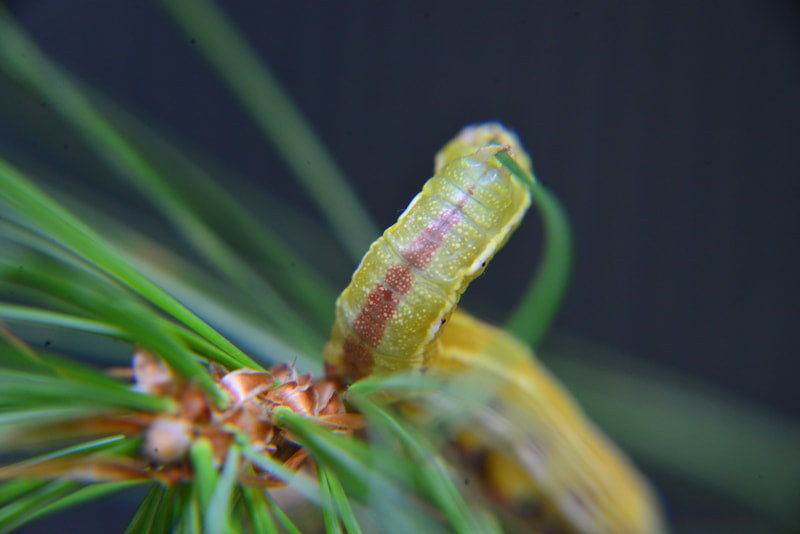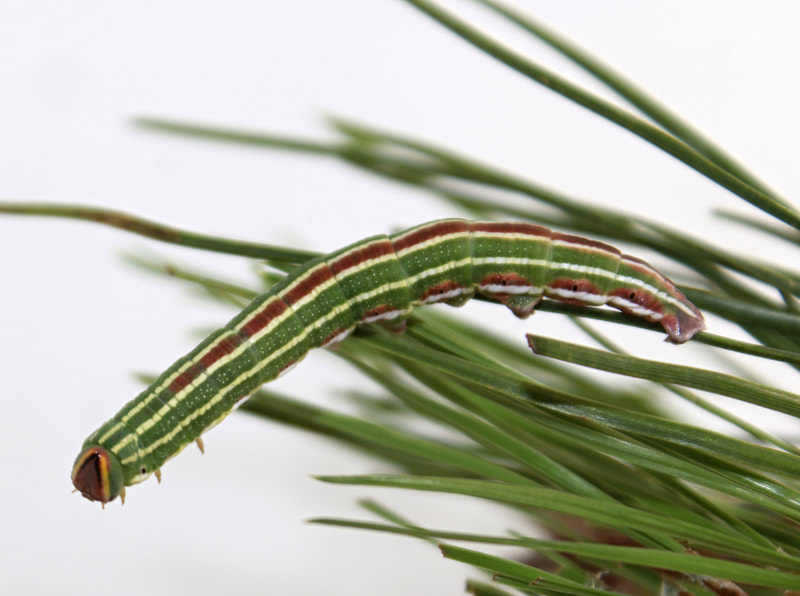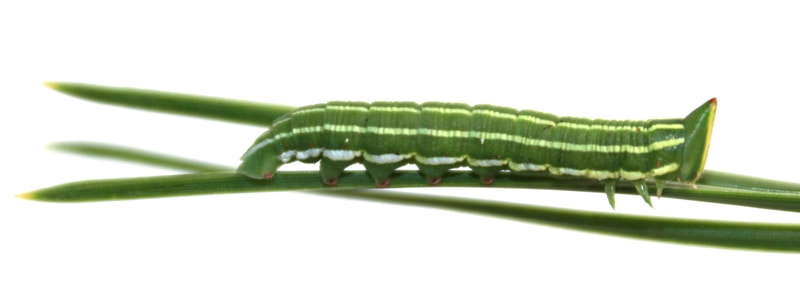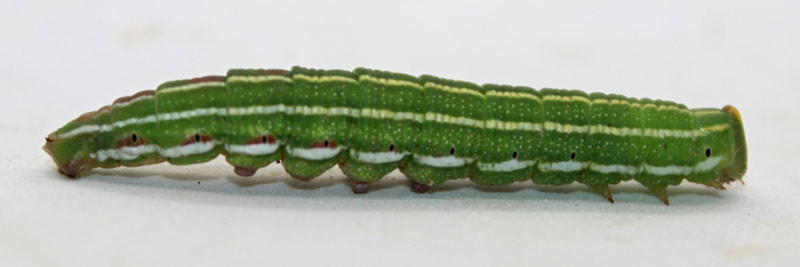|
Common Name(s): Northern Pine Sphinx
Ecology and Life History: This moth is active from May through September across most of its range. This species is highly attracted to light, and males and females with both come to it. Males tend to show up far more frequently to light. Bait is not a good method to attract this moth. Males and females look identical, though males are slightly smaller than females. Females have a larger, rounder abdomen. Eggs are laid on the needles of pine trees. Larvae feed singly. This species is incredibly well camouflaged on pine. The final instar larvae will sit in a cluster of pine needles and point their head inward, making them blend in extraordinarily well. Habitat and Searching for Larvae: This is a species that specializes on pines. In the Northeast, White Pine (Pinus strobus) is most productive for finding larvae. Though, they also use hard pines such as Pitch (Pinus rigida). As these larvae are on pines, they can be anywhere on the trees, and can be out of reach. Larvae can be found on the lower boughs, all the way up to the top of the tree. Isolated smaller trees in fields are often good starting points to look for this species. This species can be found in fields, woodlands, suburban parks, and edge habitat so long as there is sufficient pine. Larvae can be found from June to October across most of its range. These larvae fluoresce brightly under UV light making them easy to locate. Rearing Notes: Eggs can be obtained by placing a female in a paper bag for several days. The adults do not need to feed. Alternatively, a flight cage with fresh hostplant will also yield eggs. In captivity, this species will feed with pleasure on many pine species. White Pine and Pitch Pine have been used by us with great success. This species is not susceptible to any particular diseases. They are relatively humidity tolerant, but dislike high humidity for extended durations. Crowding is not an issue for this species and many larvae can be reared together. If using tupperware, larvae should not be over-crowded, but 10-15 larvae can be safely reared together. Sleeving is a great method for rearing this species. Tree limbs can easily be sleeved and multiple larvae can be reared together. Final instars should be removed for pupation. Pupation can be achieved using the paper towel method (outlined in the general information tab) or by placing the larvae in loose soil to bury. Host plants: Click here to load this Caspio Cloud Database
Cloud Database by Caspio |
Adult description:
This is a fairly variable small moth with forewings 21-29mm in length (1). The overall appearance of this moth is gray. There may be some brown on the lower edge of the forewing, but it is usually absent. In Lapara coniferarum, there is significantly more brown on the lower edge of the forewing. This species has forewings that are usually well marked with brown and gray and it usually has two black lines. In Lapara coniferarum, the forewings are not very well marked and there is usually only one black streak. Larval description: L5: The larva is overall green in color and has multiple sets of white lines running down the entire length (from head to anal plate) with an orange head capsule. There are variable amounts of brown and red on the larva. The only difference between this species and Lapara coniferarum as larva are the presence of green thoracic legs. |
The gallery to the left contains photos of Lapara bombycoides adults. If you have a photo that you would like to submit to us, please contact us.
The gallery to the right contains photos of Lapara bombycoides larval and pupal stages. If you have a photo that you would like to submit to us, please contact us.
The gallery to the right contains photos of Lapara bombycoides larval and pupal stages. If you have a photo that you would like to submit to us, please contact us.
|
|

